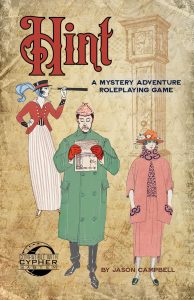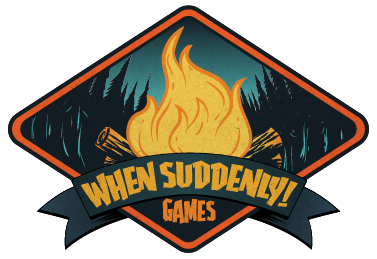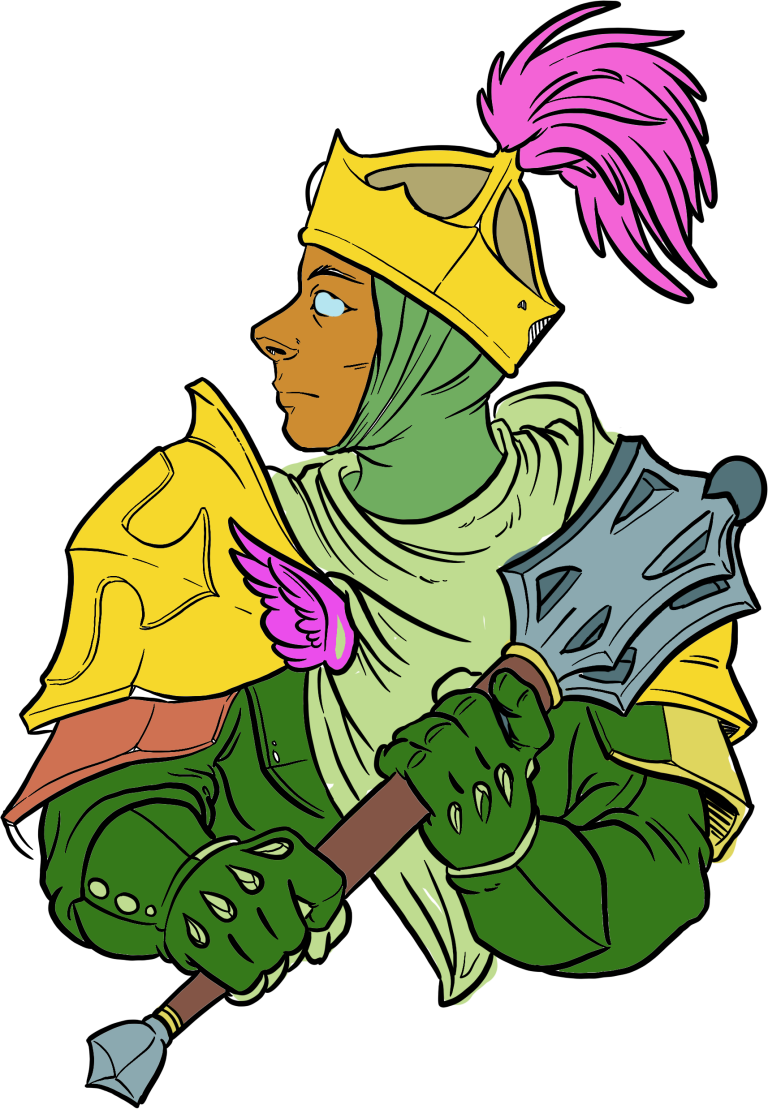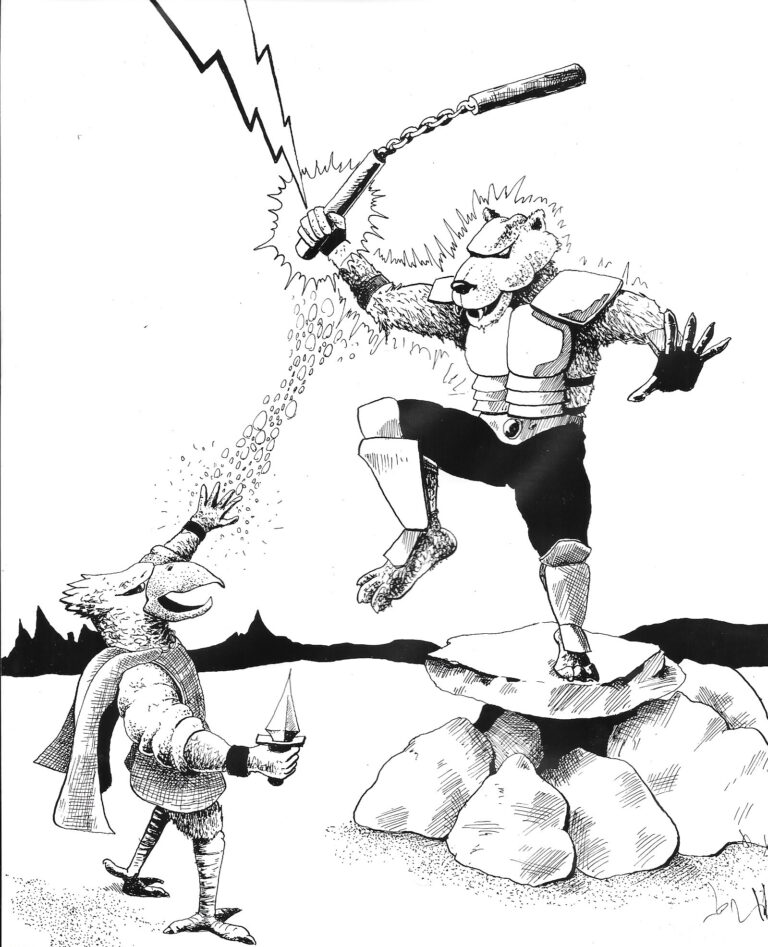By Jason Campbell
At PAXeast 2025, I ran our recently released murder mystery TTRPG, Hint, in the Alexandria RPG Library room, where all sorts of games are run throughout the convention. The game was scheduled for a maximum of 6 players, but it was accidentally over sold and 8 players showed up to play. I had only 7 pre-gens with me.

Hint is a one shot inspired by classic murder mystery board games, and it uses an open mystery system where the characters collect clues and the players must construct a solution to the murder using those clues. This is similar to the mechanic behind the Brindlewood Bay TTRPG.
There’s usually no combat in the game, so having extra players doesn’t affect the challenge of the game, but it does mean I need to pay more attention to “moving the spotlight”.
I told the group I only had 7 characters and two players (who happened to be first timers to TTRPGs) volunteered to share a character, but then another player with a lot of TTRPG experience said he’d be ok with playing an NPC, so I jumped at that idea and said “sure”.
Playing the Game
Hint takes place in an abandoned possibly haunted mansion – because of course it does, where the PCs find someone is murdered and they investigate. While investigating many NPCs come and go, providing suspects, clues and generally injecting chaos into the story. I ran this by every time an NPC showed up, I’d let the 8th player take control. The NPCs don’t really need stats in this game, and don’t have powers or abilities, so the only thing I needed to provide was a sentence about the character and anything the NPC might know about the scenario, which was often minimal. That meant I could let the game play out – I was watching it unfold as much as actually “running” the setting.
The way the mystery works is that as the PCs find clues, we add them to their clue list. When they think they have enough they can start to build a proposed solution together. The game assumes that the PCs will propose a solution after they’ve found ~6 clues. The number of clues they include in their theory affects the DC they need to roll for that solution to be correct. A failure would mean that their theory is incorrect and they need to find other clues and try again, or perhaps it is correct, but the murderer gets away.
Conclusion
In the game I ran the players found 6 or seven clues, incorporated them all into a wild and fun solution, and succeeded on their roll to solve the murder and have the sheriff arrest the suspect.
Having an extra player play the NPCs was great, but as a GM you have to read the players. Just from our few minutes of introductions I knew the other players were ok with it and the 8th player was experienced, a good improviser and he was excited to do it. Let us know if you’ve played in a game like this in the comments!





